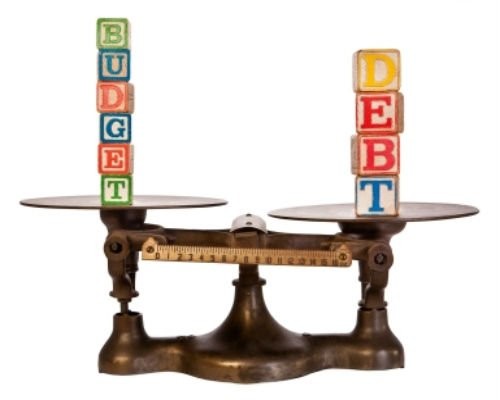How To Survive The Trading Game Yahoo India Finance
Post on: 10 Апрель, 2015 No Comment

In the complex world of trading systems, there are two types of people: programmers and traders. Designing a trading system is a challenge, requiring complex programming experience and skill. But designing a system that actually makes money requires an excellent understanding of the markets, technical indicators, investor sentiment and a whole array of complex data interrelationships.
So where does the programmer without trading experience get instructions? From a trader, but the success of the system depends on how well the trader can communicate to the programmer what the system should do, and then on how skilled the programmer is at translating the desired actions into programming code.
The programmer/trader hybrid is a breed apart. This is someone who, having traded with real money, knows what is needed to develop a winning trading system and also has the programming skills to put the strategy into code. Such a person suffers no misunderstandings or translation challenges. Robert James Deadman, president of Trading Systems Analysis Group (TSAGroup). is such an individual.
As a trader who designs systems, Deadman, who has 12 years of trading experience, takes a different approach to trading than most who play the markets. Not only does he have to create strategies that work in the trading arena, but he must also be able to translate them into program code so that his clients can trade them. This means he must test his strategies exhaustively to ensure they work.
Trader’s Advice
What is the most important criterion in a trading system, according to Deadman?
Most traders consider profitability to be top priority; but to professional traders and money managers, capital preservation or limiting losses is penultimate, he says.
Candidates must exhibit a number of conditions before they are considered.
Deadman continues, In finding robust systems, we use a parameter called trade efficiency. How does the system perform when it is in the market against a buy and hold strategy? For this we need trading systems that outperform the buy and hold strategy. Then we look for trades that preserve capital. What is the trade’s stop-loss? Lastly, we look at profitability.
Many newer traders make the mistake of being completely preoccupied with profitability while ignoring the maximum draw-down and system losses. Of greater importance to the pro is how much is the stop-loss? A system might have a maximum profitable trade of 30%, but do you want to trade it if the stop-loss is 20%? I don’t. I would much rather trade a more modest system with an average 15% profit and 5% stop-loss.
The major difference between the professional and non-professional is that the latter is looking to hit the home run while ignoring the cumulative effects of losses. What good is having a system that makes 50% but then loses 15 to 20% per trade in the next five trades? If the pro did this he or she would be out of business in short order, says Deadman.
Trading Examples
Here is an example of what he means. When TSA’s latest product, called Trade Oracle™. was used to scan a group of stocks, Zix Corporation (ZIXI), a secure e-mailing message service, came up in the search. It showed an impressive four-year return of 900% in a total of 26 trades, 21 of which were winners, a historical success rate of more than 80% and a risk/reward, measured by maximum wins to losses, of 102 to 19 or more than 5:1. It certainly had all the markings of a winner.
3a%2f%2fglobalfinance.zenfs.com%2fen_us%2fFinance%2fUS_AFTP_INVESTOPEDIA_H_LIVE%2f081104_1.gif&t=1426306637&sig=Y17l_XpBykkqY9vsZgOuag—














